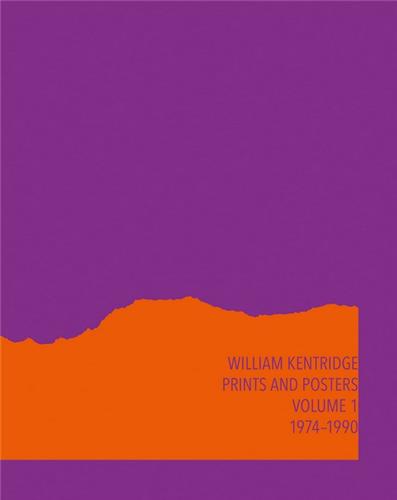par Gibler, John
City Lights Books
2011 -
-
Disponible - A partir du 25 août 2025 - 328(80) GIB
Résumé : Mexico is in a state of siege. Since President Felipe Calderon declared a war on drugs in December 2006, more than 38,000 Mexican have been murdered. During the same period, drug money has infused over $130 billion into Mexico's economy, now the country's single largest source of income. Corruption and graft infiltrate all levels of government. Entire towns have become ungovernable, and of every 100 people killed, Mexican police now only investigate approximately 5 eases. But the market is booming: In 2009, more people in the United States bought recreational drugs than ever before. In 2009, the United Nations reported that some $350 billion in drug money had been successfully laundered into the global banking system the prior year, saving it from collapse. How does an "extra" $350 billion in the global economy affect the murder rate in Mexico? To get the story and connect the dogs, acclaimed journalist John Gibler travels across Mexico and slips behind the frontlines to talk with people who live in towns under assault: newspaper reporters and crime-beat photographers, funeral parlor workers, convicted drug traffickers, government officials, cab drivers and others who find themselves living on the lawless frontiers of the drug war. Gibler tells hair-raising stories of wild street battles, kidnappings, narrow escapes, politicians on the take, and the ordinary people who fight for justice as they seek solutions to the crisis that is tearing Mexico apart. Fast-paced and urgent, To Die in Mexico is an extraordinary look inside the raging drug war, and its global implications. - Note de l'éditeur

 Les bibliothèques de la ville de Paris
Les bibliothèques de la ville de Paris
 Les bibliothèques universitaires
Les bibliothèques universitaires
 La BnF
La BnF
 L'encyclopédie Wikipédia
L'encyclopédie Wikipédia
 L'Encyclopædia Universalis
L'Encyclopædia Universalis
 La bibliothèque du film
La bibliothèque du film
 La médiathèque de la Philharmonie de Paris
La médiathèque de la Philharmonie de Paris













